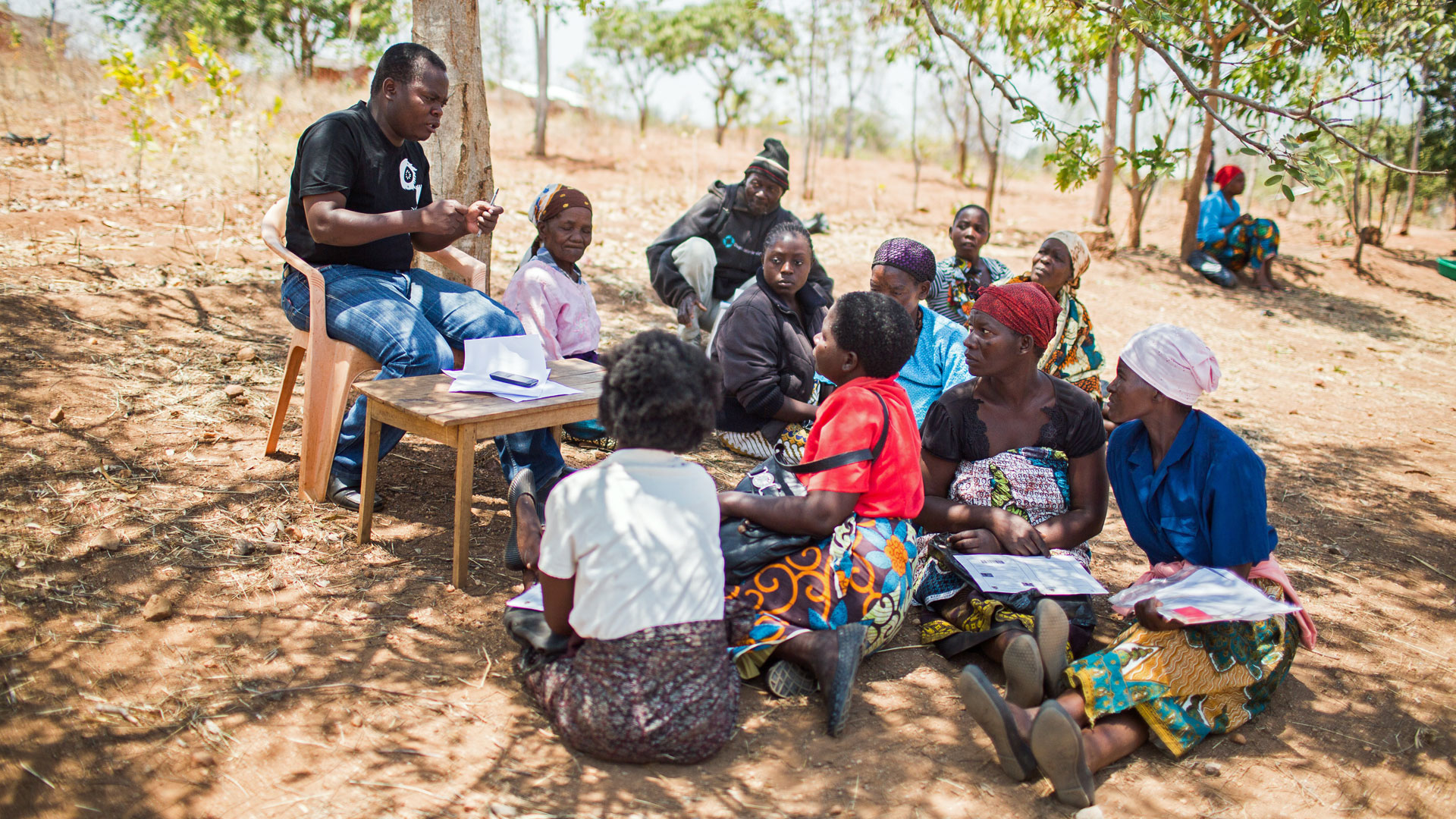Social situation Poverty and hunger are a daily reality for many people
In the south of Malawi, small sums are paid out to extremely poor people as part of a social cash transfer programme.
Under a social transfer programme of the Malawian government which is also receiving support from Germany small sums are paid to extremely poor and especially vulnerable people (old people living alone, single parents) across the country to alleviate the worst suffering (see also: core area “Health, social protection and population dynamics”).
In mid-March 2023, cyclone Freddy wreaked havoc in the southern part of Malawi. Several hundred people lost their lives and more than 500,000 people lost their homes. Thousands of hectares of farming land were flooded – shortly before the harvest season.
According to FAO statistics, in recent years more than 16 million of the country’s approximately 22 million people have experienced moderate or severe food insecurity. The World Food Programme (WFP) puts the number of people relying on food aid at more than four million (December 2025).
Deficits in education and health
There are far-reaching deficiencies in education and healthcare in Malawi. The quality of teaching at schools is poor, and almost 15 per cent of girls and boys do not complete primary school. A third of the adult population lacks even basic reading and writing skills.
Although Malawi’s infant, child and maternal mortality rates have been reduced significantly in recent years, they remain high compared with those of other countries. In 2021, just under eight per cent of adults between the ages of 15 and 49 years were HIV positive, down from 15 per cent in 2000.
Malaria, tuberculosis and respiratory diseases are widespread. In addition, since early 2022 Malawi has been suffering under the worst cholera epidemic the country has ever recorded. Due to the extensive spread of the disease and the rising number of deaths, the government declared a public health emergency in December 2022 which lasted until August 2023.
Rapid population growth
A huge strain for Malawi’s development is the rapidly expanding population, which in 2023 grew by 2.57 per cent. More than 40 per cent of the people living in Malawi are under the age of 15. The United Nations has calculated that, by 2050, the country’s population will be almost double its current 20 million. Without a radical change in the economic and social conditions in Malawi, there is a danger that such huge population growth may prove disastrous for goals like achieving a peaceful society and food security.
The consequences for the environment are also cause for concern. Since the growing population needs more and more firewood, large areas of Malawi have been deforested. More than half of the country’s land area is already affected by erosion and soil degradation.
As at: 03/12/2025
